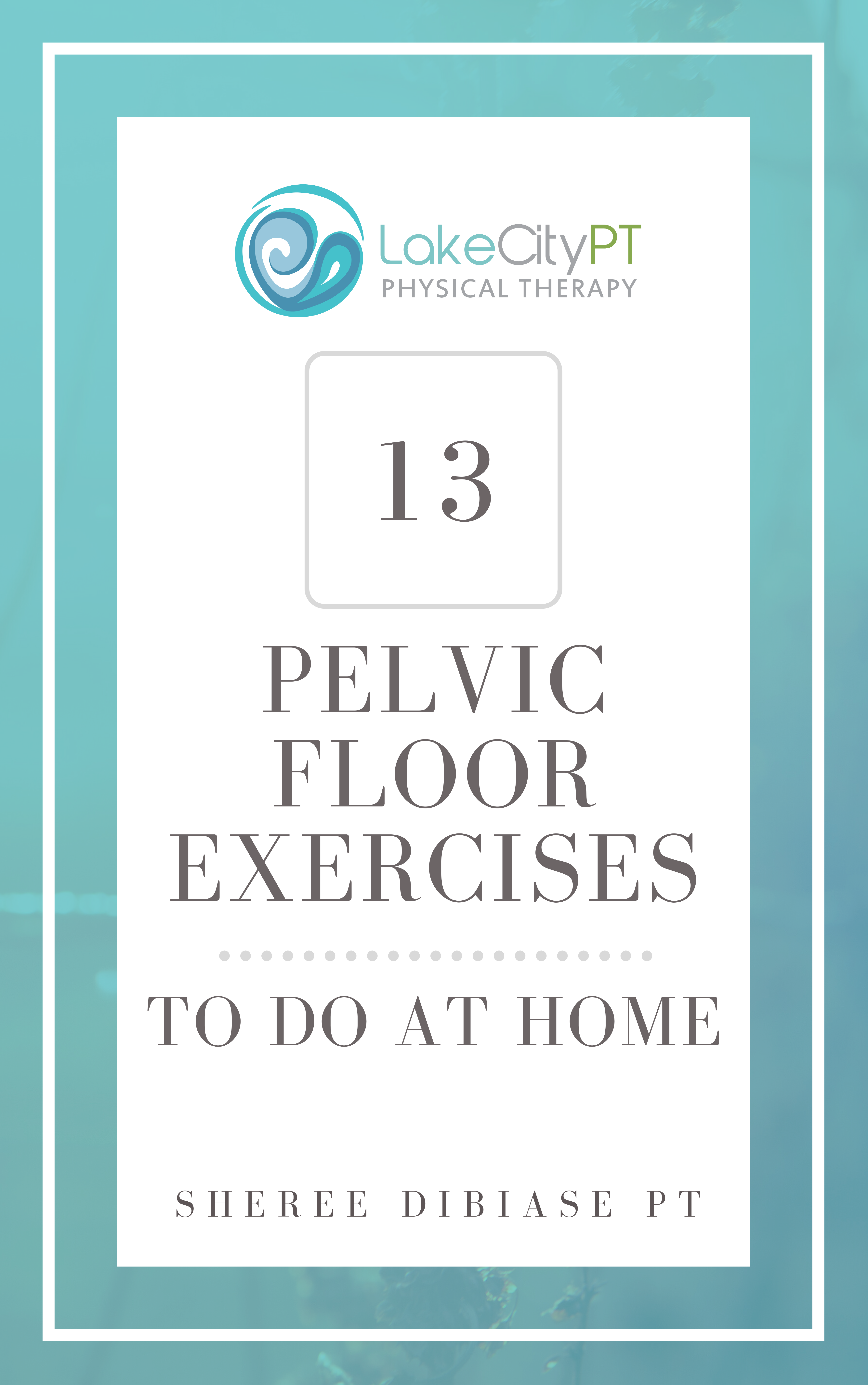Pelvic Pain After Giving Birth
Have you just had a baby? First of all, congratulations – you are about to embark on one long, wild, and incredibly exciting ride. But among all the cute newborn cuddles, adorable onesies, and strolls to the park with your little one in tow, some less-than-pleasant things are lurking about.
We are talking about postpartum pains and discomforts – in particular, pelvic pain. Pelvic pain in the postpartum period is not only very common, but it also manifests itself in a range of ways, including:
- Sharp pain in the pelvic region
- A sensation of fullness and heaviness in the pelvic area
- General discomfort in the area
- Leaking of fluids when you laugh, cough, sneeze, jump, or run
- Tailbone and lower back pain
When untreated, pelvic pain after giving birth can become a chronic condition that will go on to affect you for the rest of your life. And while this is not a life-threatening illness, living with chronic pelvic pain and pelvic weakness can certainly become stressful and even debilitating.
Why Does It Happen?
There are several reasons why you might be experiencing pain or discomfort in your pelvic floor after giving birth, especially if you have had a vaginal delivery. Let’s discuss them below.
Pregnancy
All pregnancies put a lot of strain on your pelvic region, which can continue in the postpartum period. During gestation, your body ramps up the production of certain hormones, including relaxin, which in turn contribute to making your pelvic area both more flexible – in preparation for delivery – but also weaker and more prone to imbalances.
Vaginal Delivery Trauma
Sometimes, during a vaginal delivery, your pelvic floor muscles might go into spasm due to the baby passing through the birth canal. When this happens, it’s not uncommon for women to end up with torn or damaged pelvic muscles and tissues, which can lead to both pelvic and perineal pain.
Prolapse
Another reason why you might be suffering from postpartum pelvic pain is pelvic organ prolapse. This is a less common occurrence that involves your pelvic muscles and tissues becoming so weak that they prolapse or droop. In the most severe cases of prolapse, you may feel or see these muscles pressing out of your vagina.
Pelvic Floor Dysfunction
This is another cause of pelvic pain in the postpartum period, as it is linked with the strain that your pelvic floor muscles experience during both pregnancy and delivery. Pelvic floor dysfunction presents itself through symptoms such as urinary incontinence, pain during sex, constipation, vaginal and pelvic pressure, and hemorroids.
What You Can Do
In order to restore your pelvic floor to its healthy, pre-pregnancy state, it’s vital that you seek help from a trusted and qualified pelvic floor specialist. These are professional figures who are specialized in treating postpartum pelvic pain through a combination of physical therapy, simple activities, and strengthening exercises that you will need to perform both during your sessions and at home.
If you are interested in starting your own pelvic floor physical therapy treatment, you will need to schedule an initial assessment with your therapist. During this appointment, your doctor will perform an evaluation which usually consists of both an external and an internal examination to assess the current conditions of your pelvic floor.
When performing the external assessment, your therapist will check your pelvic alignment, look at your posture and core strength, and identify any signs of diastasis recti (the so-called “ab separation” that commonly occurs after pregnancy).
Then, they will move on with the internal assessment, which consists of a vaginal examination but is not as invasive and uncomfortable as, for example, a pap smear test. This exam, in fact, mostly focuses on evaluating the strength of the muscles in your vulva and vagina, which in turn will enable your therapist to assess your muscle function.
While your treatment will always be fully personalized to your individual needs, you can expect it to include a combination of relaxation techniques, massages, and strengthening exercises. In order to maximize the effects of your treatment, you are strongly advised to practice these exercises at home, too.
The Best Exercises to Practice
Here are some of the best exercises to practice in order to strengthen your pelvic floor muscles – try to incorporate them into your daily routine, and with time and consistency you will certainly start to see and feel a huge improvement.
Pelvic Floor Relaxation
If you want to reinforce your pelvic floor, you need to focus both on contracting the muscles in that area as well as releasing them gently. Therefore, practicing pelvic floor relaxation exercises is essential, as it helps you bring more oxygen and improve circulation in the region, while at the same time reducing any pain or discomfort.
Kegels
You might have heard of the Kegel exercises before, as they are arguable the most popular type of pelvic floor exercise. By practicing Kegels, you simply contract and relax your pelvic floor muscles for a specific amount of time, every day.
You can achieve even better results by doing your Kegels two or three times a day, for just a few minutes each time. Remember, though, that Kegels are not for everyone. If, for example, you have spastic pelvic muscles, Kegels are not recommended.
Regain Your Pre-Pregnancy Pelvic Strength
Are you ready to regain your pre-pregnancy strength, health, and balance of your pelvic floor muscles? Contact the friendly and professional team at Lake City PT today, and book your initial assessment with one of our pelvic floor specialists.


